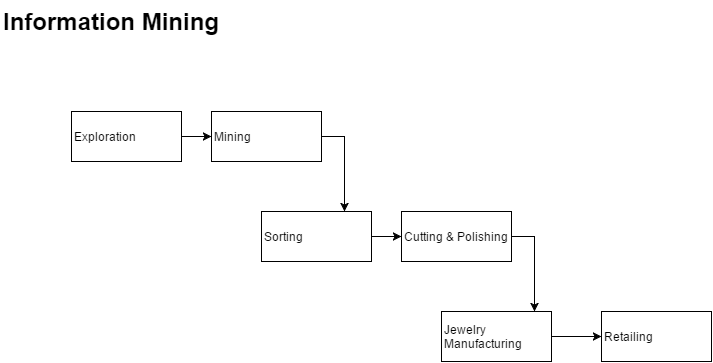I often spend time thinking about how best to recall information. In an era where time is limited and the demand for knowledge sharing is high, optimizing information retrieval systems enable people to gain credibility and more concisely arrive at salient points in an argument.
When reviewing large swaths of information, I’d noticed that its best for me to boil down key points of various subjects on one page. Like many others, I find it difficult to memorize notes / concepts across multiple pages of work. I find what works best for me is drawing out a visualization of what I am trying to get across and constantly referring to that page when constructing / synthesizing arguments or presentations. I’d come across a very relevant piece of work by Allen Snyder on human memory.
The normal human mind operates largely on a high level of conceptual thinking, rather than concerning itself with myriad, low-level details…We are conscious of the whole and not the parts that make it up…It seems plausible that evolution could have honed our brains to work in this manner. For example, rather than obsessing over every little detail of a lion’s face, like the tint of each hair, our brain quickly surmises that –boom! – this is a predator and we need to react, fast. [1]
Humans excel in conceptual thinking deriving evolutionary advantages from quickly assessing reacting to new information rather than focusing on a myriad of detail. In our modern society quickly evolving from a capital intensive to knowledge intensive society, it becomes necessary for us to recall a high volume of information in a limited span of time. I’ve recently worked to optimizing all information I’ve collected, mined, and synthesized.
The Drawbacks of Blogs and Timelines
Most blogs are generally two-dimensional systems, and fail to capitalize upon a systems-based approach to connecting ideas; that is, fully capturing the relationship between and across various concepts.
Optimizing Information Retrieval
In developing connections between various concepts and ideas, I like to envision a three-dimensional field. This method reduces focus on a chronology based approach to information sharing and greater captures the relationship between breadth and depth in terms of time expenditure. It becomes easier to start off where one left off, and more easily visualize what where one has been and what else he / she needs to mine in research moving forward.
Significance
I’d recently come across a quote by Ray Dalio.
I believe that the biggest problem that humanity faces is an ego sensitivity to finding out whether one is right or wrong and identifying what one’s strengths and weaknesses are.
When I put together my first resume (in college), I was surprised by how difficult it was to fill out a full page of responsibilities and achievements I’d accrued over the last two years. I came across a similar sentiment when engaging in a similar exercise a few years later (when I’d entered the working world): I sat down, and sought to draft out a key tidbit of everything I knew. The next step, in the spirit of the Feynman method [2], was quickly jotting out the key points associated with each idea in an effort to teach a “layman” all that I knew. The exercise was surprisingly difficult, and I quickly recognized that despite having learned alot, it did not amount to much if I’d be unable to explain it to others.
At that point, I recognized the value in digitizing human knowledge – not all human knowledge, but rather, my human knowledge. I’d begun thinking of how best to sythesize and organize systems such that I could quickly visualize / map where I’d been, and to share with others what I do know, in an effort to better be able to connect with others in research inquiries moving forward.



